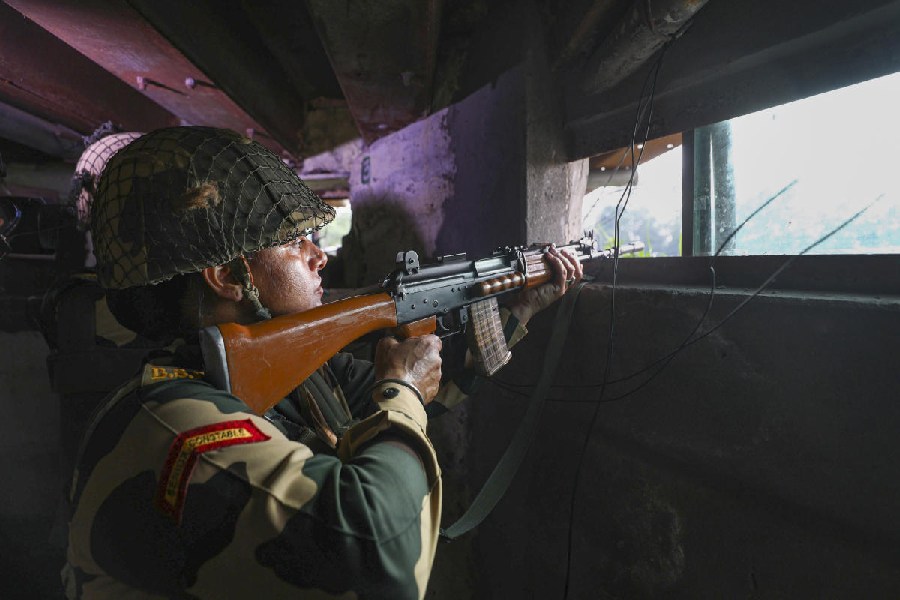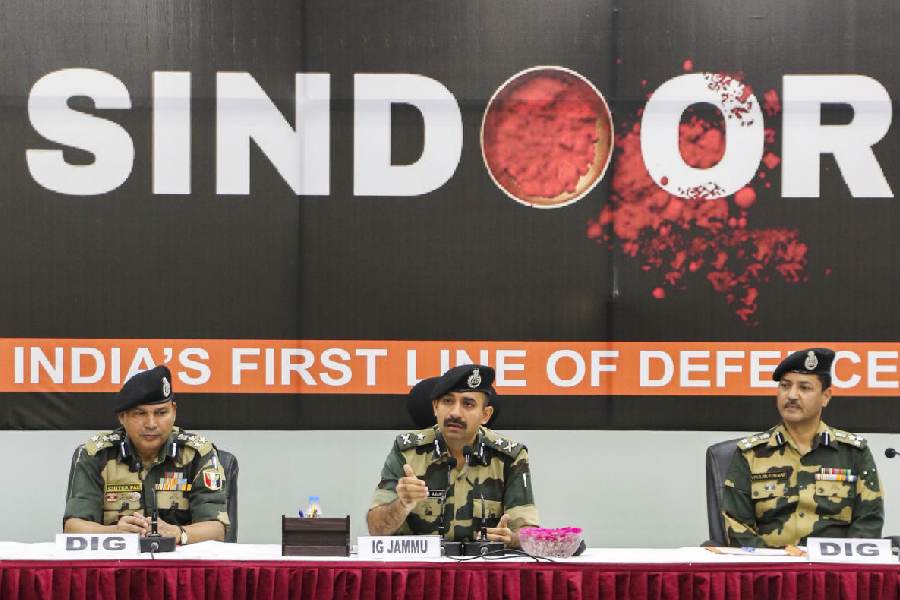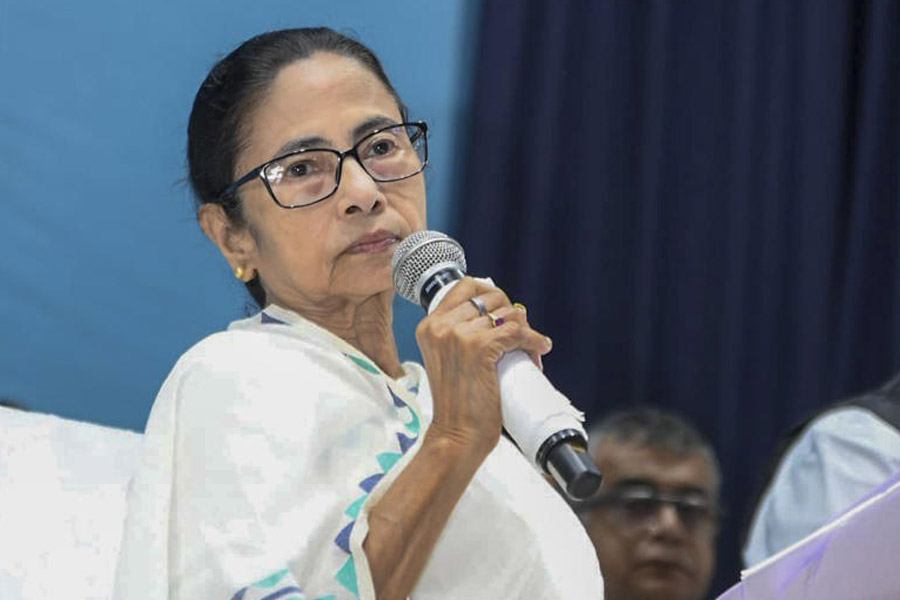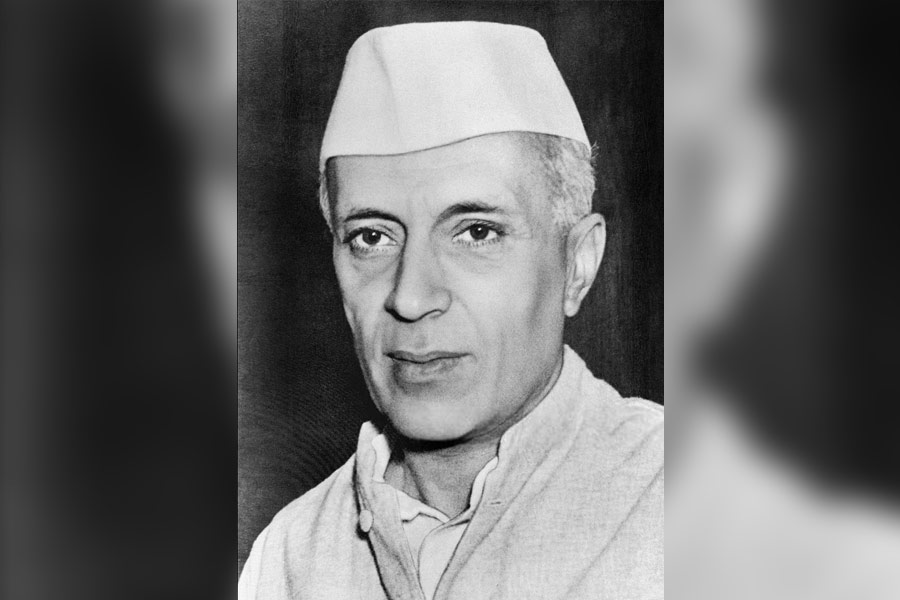Patna, Dec. 29: One of the major things that went in favour of Nitish Kumar in this year’s Assembly election in the state was his effort behind the transformation of education in Bihar.
A bigger challenge for the state government in 2011 would be to create a better infrastructure for primary education.
The biggest challenge for the human resources development (HRD) department in the next year would be to enrol around 7.5 lakh children, who are out of school. Sources in the HRD said the 7.5 lakh children comprise mainly the minority, extremely backward castes, scheduled castes and street children.
With limited manpower and the HRD budget in the state on the lower side, it would be a difficult task for the state government to complete the proposed schemes on time. HRD sources there are just 355 officials in the state that included 38 district superintendents of education and 100 area officers who would supervise blocks.
For primary education, the state government has earmarked a cost of Rs 2,800 per child, which includes teachers’ fee, uniform and meals provided to children. The allocation of Rs 2,800 for every child is less than the national average and much below than that in many developed states.
A senior HRD official said: ”As education among these sections of society is still very poor, government machineries and HRD officials have to play a pivotal role in enrolling school children from the backward communities.”
He pointed out that education of girls among Muslims is very poor and convincing members of the community to send their girls to schools will be a hard task. In the past few years, around 2.14 lakh teachers were appointed in primary schools but the number of Urdu teachers appointed within the same period was not even 10,000 thus opening the gates for large-scale appointment of Urdu teachers.
This year has seen a turnaround in primary education with annual dropout rate of school children coming down from 36.06 per cent in 2005 to 12.2 per cent in 2010. Similarly, the pupil-teacher ratio has also dropped from 96:1 in 2005 to 57:1 in 2010. Enrolment of children in schools has increased from 14,07,9124 in 2005 to 1,89,34,280 children in 2010. Moreover, a large number of school buildings have been constructed this year. The number of schools has gone up from 49,575 in 2005 to 61,058 in 2010.
Under Nitish’s pet project, Mukhyamantri Poshak Yojana, an estimated 88 lakh students were provided uniforms at a cost of Rs 500 per student.
Under Mukhyamantri Akshar Yojna, around 40 lakh persons between 15 and 35 years of age became literate. For better sporting facilities, around 30,042 schools were provided Rs 8653.76 lakh for creating sporting infrastructure in schools.
Primary education director Ashutosh told The Telegraph: “NDA-I, particularly 2010, coincided with infrastructure development, while the next year will see an improvement in education.”











